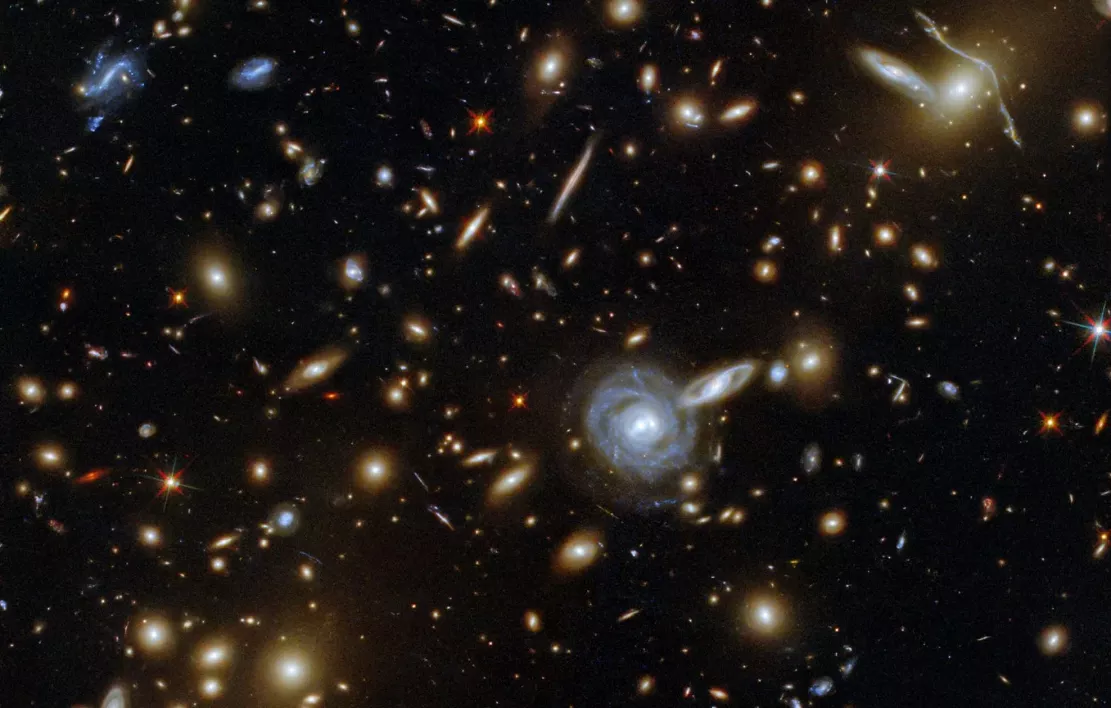Since its launch in 1990, the Hubble Space Telescope has been providing exciting new discoveries about the universe. Now, Hubble's largest near-infrared image can further help scientists find undiscovered galaxies This image captures the whole cosmos region -- a known space region full of galaxies. It was captured using a program called 3d-dash
Hubble's largest near-infrared image is the gateway to new discoveries
A team of researchers working with 3D dash will publish their findings in the Astrophysical Journal later this year. Now, however, the study is available through the preprint website arXiv. The reason why Hubble's largest near-infrared image is so amazing is that it captures more than Hubble can usually display in an image.
This space telescope has been NASA's treasure for more than 30 years. It is designed to capture broad images. This image, however, goes far beyond what Hubble would normally capture. To make such images possible, the researchers used a program called 3D dash. 3D dash relies on a technique called drift and shift (DASH).
With dash, researchers took eight photos of each Hubble orbit, rather than a standard one. This allows them to capture images worth 2000 hours in just 250 hours. They then combined the images into a single mosaic to create the largest near-infrared image ever taken by Hubble.
Using dash to explore the universe

However, part of the reason why dash is so magical is that it provides people with a broader view of space than a single Hubble image usually allows. In fact, the largest near-infrared image of Hubble is put together with an image set as high as 8 times. This means more space coverage, which scientists can use to further plan the mission of the James Webb Space Telescope.
NASA launched James Webb last year and recently announced that it would release its first images next month. As the telescope uses the latest technological advances, it should be able to capture exciting images.
However, NASA designed the telescope to study celestial bodies at close range, rather than in a wide field of view like Hubble. Therefore, it can not capture large-scale wide view images like this special image. But it can tell people more about the complexity of galaxies seen in 3d-dash.